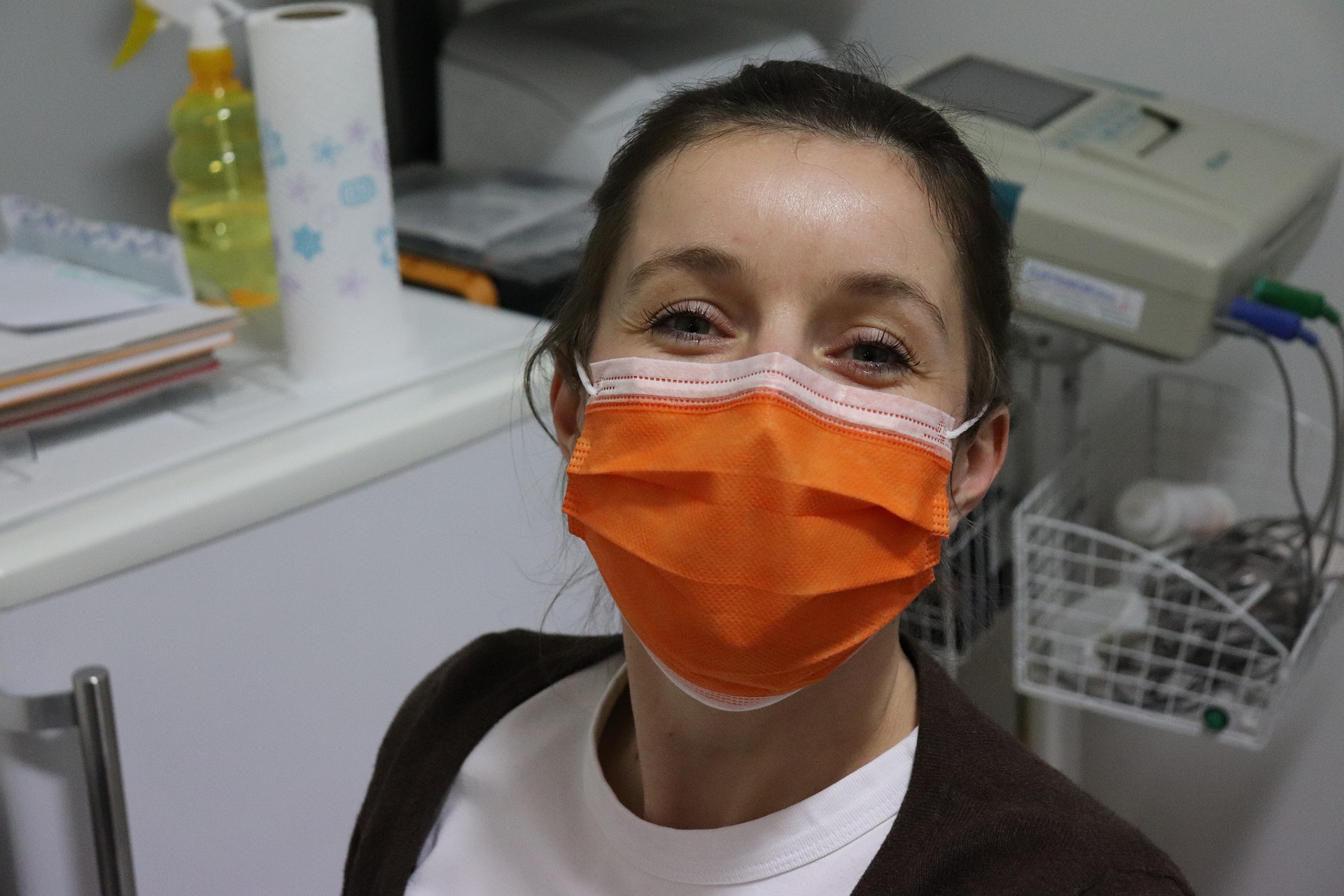COVID-19 in Uruguay: Avoiding Catastrophe
 Amid a global pandemic, finding hope is a grueling task. As the number of COVID-19 cases around the world passes 11 million, the economy continues to decline and workers and students are struggling to interact strictly online, people continue to ask themselves: what should we have done differently? From strict workplace policy to reduced flights, it is painfully clear that the world has changed in a multitude of ways. What is unclear is what will work in the future for both public health and the economy. There are very few countries that have fully recovered since the initial outbreak of COVID-19; however, one country has truly beaten the odds during this pandemic with exceptional grace: the developing nation of Uruguay.
Amid a global pandemic, finding hope is a grueling task. As the number of COVID-19 cases around the world passes 11 million, the economy continues to decline and workers and students are struggling to interact strictly online, people continue to ask themselves: what should we have done differently? From strict workplace policy to reduced flights, it is painfully clear that the world has changed in a multitude of ways. What is unclear is what will work in the future for both public health and the economy. There are very few countries that have fully recovered since the initial outbreak of COVID-19; however, one country has truly beaten the odds during this pandemic with exceptional grace: the developing nation of Uruguay.
Despite sharing a border with Brazil, a coronavirus epicenter, the nation has not had more than 100 active cases for nearly 30 days. As part of the slow reopening of the country, there have been lots of changes in the daily life of the people, local businesses and the nationwide culture. Consequently, the spread of the COVID-19 in Uruguay has been kept to a bare minimum. In fact, since the initial outbreak, Uruguay has reported Compared to the 3 million cases in the United States alone, these shocking numbers have left American policymakers wondering where exactly they went wrong.
How They Did it
The incredibly low rate of the COVID-19 in Uruguay is not the result of luck or chance. Rather, it is the result of a well adjusted and thoughtful policy that puts the health and safety of the people first. Luis Lacalle Pou, the President of Uruguay since March 2020, was faster to act than the leaders of their neighboring countries. He issued a voluntary lock-down and moved to close down the nation’s borders only a few weeks after taking his position in the office. At the time, these bold initiatives were considered to be premature to dozens of other nations. However, acting early significantly slowed the spread of COVID-19 in Uruguay.
Officially, the nation has made a number of changes in order to maintain public safety. Uruguay has closed its borders until an undetermined date, and the Ministries of Health and Interior have encouraged the public to self-quarantine while those 65 years and older have been mandated to self-quarantine.
In addition to the early actions on part of the Pou administration, the overall structure of the nation has contributed to the low spread of the deadly disease. The low population density makes daily life easier when performing essential tasks such as grocery shopping. Since Uruguay is only roughly the size of the American state of Missouri, with a population of only around 3.45 million people, social distancing is a much simpler process compared to neighboring Latin American countries, European nations or the United States.
The Impact
Given the incredibly low spread of the COVID-19 in Uruguay, the Latin American oasis has been able to make the return to normal life. Recently, Uruguay became one of the first countries in the Americas to reopen smaller schools in rural regions. This has allowed kids in the poorer areas of the nation to continue to receive the education that they need even during a pandemic. Nearly 700,000 children have been able to return to school with the nation’s new educational initiative with a rotation between online and in-person classes.
With the continual efforts from the current administration and healthcare workers, it is expected that people will be able to return to work soon. Additionally, with millions of people able to come back to work, the economy is likely to bounce back from the global recession in a stronger position than dozens of other nations. The small nation of Uruguay has proven itself to be one of the most resilient nations in the world during these unprecedented times. The Uruguayan people have given the rest of the world hope that the return to normalcy is closer than expected if the proper precautions are taken.
– Daniela Canales
Photo: Pixabay
